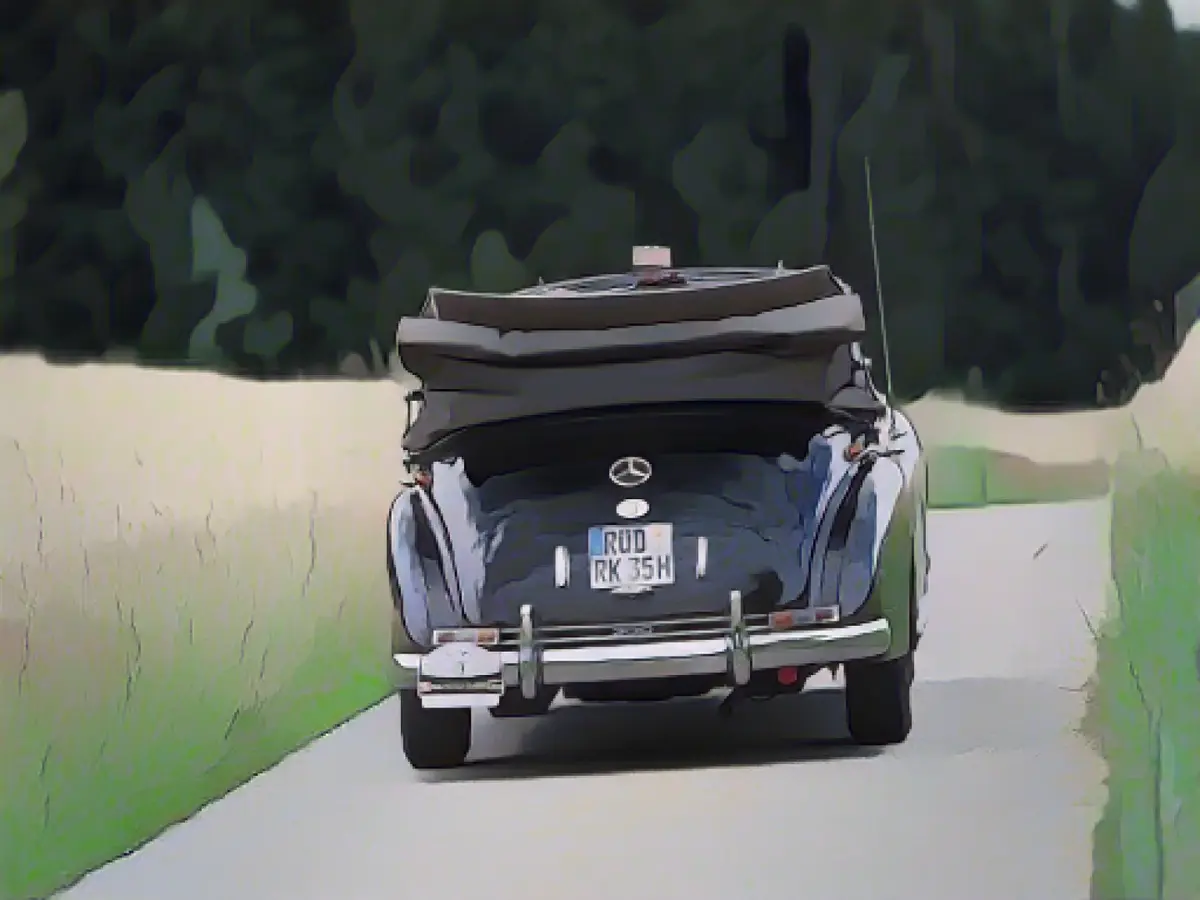Guide: Are classic car owners threatened with compulsory expropriation by the EU? - Are classic car owners threatened with compulsory expropriation by the EU?
A few months ago, Germany's classic car community was thrown into turmoil. Reports made the rounds that the EU was planning a directive under which drivers could be forced to scrap their cars. This would effectively be tantamount to expropriation. The first YouTube videos were quickly filmed and articles were written, raising the spectre of Brussels' regulatory fury regarding the beloved historic sheet metal.
Reason enough to take a closer look at the content of the European Commission's proposal for a "Regulation of the European Parliament and of the Council" of 13 July 2023. The word "proposal" is fundamentally important. This means that the content is by no means set in stone, but is still being discussed in Parliament and the Council. The politicians' intentions are already clear from the first sentence: "The European Green Deal is the EU's growth strategy to create a climate-neutral and clean circular economy by 2050, optimizing resource management and minimizing pollution." With around six million vehicles reaching the end of their life cycle in the EU every year, this is a perfectly understandable concern.
The intention of the initiative is therefore clear. There is no question of expropriation, which goes hand in hand with forced scrapping. Especially not for classic cars. Rather, it is about more environmental protection and better use of resources. After all, every car contains many valuable raw materials. Accordingly, the planned rules will initially apply to cars and then gradually to buses, trucks and motorcycles. "This has nothing to do with 'the EU is ordering the disposal of historic vehicles'," the EU spokesperson clarified to the German Press Agency (dpa). Vehicles of historical interest are expressly excluded from the proposals.
According to EU guidelines,vehicles of historical interest are vehicles that were built and registered at least 30 years ago, are no longer produced in this form, are largely in their original condition and are in good condition. However, it happens time and again that vehicles that are a total loss are patched up and sold abroad in order to circumvent the regulations on the environmentally friendly disposal of end-of-life vehicles. If these are followed, it costs money. On the other hand, a used car that is basically just scrap metal still brings in a few thousand dollars. In order to put a stop to this dangerous and criminal activity, the EU wants to define precisely when a car is no longer saleable as scrap and must be disposed of properly. This category includes, for example, vehicles where only the bodywork is left, those that have been dismantled or burnt out.
It is also clear from the passages quoted at the beginning that the proposals are primarily concerned with the recovery of important raw materials, which is particularly important in view of the expected competition for these materials. After all, Europe wants to become as independent as possible from raw material imports from abroad. In order to proceed as efficiently as possible with recycling, this part should already be taken into account during the design of the car, with the manufacturer providing precise instructions for dismantling the car and how individual parts can be replaced. It is quite possible that this will also make repairs and the procurement of spare parts easier. Many drivers would then even benefit from the regulations.
The European Commission is proposing the following measures, among others - "Circular design": circular design and production - "Recyclate content": increasing the proportion of recycled materials in new vehicles - "More efficient treatment": improving the treatment of end-of-life vehicles - "Higher collection rate": Increasing the collection rate for end-of-life vehicles in the EU and improving the quality of exported used vehicles - "Extended producer responsibility": creating the right incentives to increase collection rates for end-of-life vehicles and improve waste treatment through extended producer responsibility regimes - "Application to more vehicles": extending the scope of the legislation to additional vehicle classes.
Read also:
- The classic car community in Germany was alarmed when rumors circulated about EU plans for a directive that could potentially lead to compulsory expropriation of vehicles.
- Despite concerns, it's important to note that the European Commission's proposal is still under discussion and does not involve expropriation for vintage cars, as they are explicitly excluded.
- The EU's intentions are clear, focusing on environmental protection and better resource utilization, aiming to recycle valuable materials from end-of-life vehicles.
- Under EU guidelines, vintage cars, as vehicles of historical interest, represent a specific category and are exempt from environmental disposal regulations, provided they comply with certain conditions.
Source: www.stern.de








